
Proudly serving - Denver, Littleton, Highlands Ranch, Greenwood Village, Arvada
How To Protect, Seal And Waterproof Your Wood For Outdoor Use
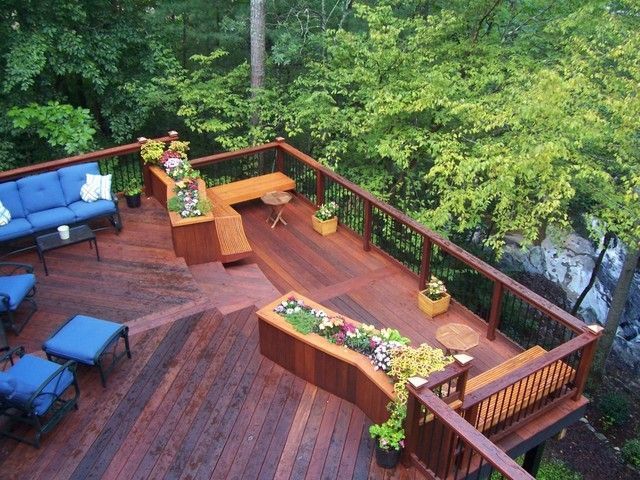
If you’re planning to build a deck, fence, or any other outdoor structure from wood, there are steps you should take to ensure it can withstand the elements. By taking the time to protect, seal and waterproof your wood, you can extend its life and keep it looking like new for years to come. We highly recommend Protek wood sealer & waterproofing treatment
Let’s take a closer look at the steps you can take for outdoor wood protection.
Why Should You Waterproof Denver Wood?
Waterproofing wood is essential for protecting your wooden surfaces from damage in Denver? Without this crucial protection, wood can become brittle and prone to cracking, rotting, or danger from pests like termites.
Furthermore, unstained or untreated wood can easily become stained with dirt and debris that discolors it and detracts from its original beauty. The simple solution is to waterproof before you expose the wood outdoors - something that can greatly reduce the chances of needing more extensive repairs later on.
Not only will waterproofing extend the life of your outdoor wooden surfaces, but it can also delay the need for replacement and leave your spaces looking their best all season long!
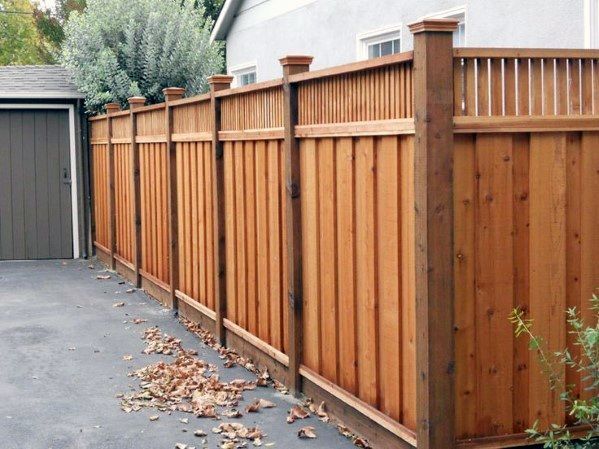
Types of Wood Waterproofing
Sealers
Sealers are a popular type of waterproofing used to protect outdoor surfaces and structures. They can even be used for indoor applications to preserve and extend the life of furnishings, floorings, and countertops.
Sealers form a thin protective layer that shields against prevent water damage and dirt, as well as discoloration or fading due to long-term sun exposure. They often come in clear sealer forms, which do not change the color of the surface being treated.
For light-duty protection, sealers can easily be applied by brush or roller directly onto the surface material. However, heavier-duty sealing may require application by spraying or a professional contractor team. Combined with a regular maintenance schedule and appropriate cleaning products, sealers make an effective waterproofing solution for outdoor wood furniture, wood fences, wood decks, wood patios. Protek nano- silica wood sealer, ranging from home outdoor-indoor wood to whole commercial buildings. We recommend Protek wood sealer & waterproofing,
Stains
Stains are another popular and cost-effective method for waterproofing decks, fences, and other outdoor wood structures. They penetrate the wood deeply, providing a durable layer of protection against moisture and the effects of harsh weather conditions.
When applied correctly, stains can keep wood looking vibrant while simultaneously preserving its integrity. Stains come in various colors, allowing individuals to customize their outdoor structure to match their personal tastes or landscape design.
Additionally, they can be wiped down or recoated as needed to maintain their waterproofing qualities over time. With stains, homeowners can achieve lasting performance for their wooden structures with minimal upkeep.
Oil vs. Water
When it comes to waterproofing wood, there are two main methods: oil and water. Oil waterproofing uses natural or synthetic oils and other ingredients that penetrate into the wood's surface to create a protective barrier against moisture.
Waterproofing with water-based solutions typically involves either applying a sealer or coating to the surface of the wood or using a combination of pressure and heat treatments to prevent water absorption.
While both methods are effective at protecting wood, they have different advantages and disadvantages; for instance, oil-based waterproofing lasts longer than water-based solutions but is more cumbersome to apply and tends to make surfaces darker in the shade. Ultimately, it’s important for homeowners to consider what suits their needs best when choosing between these two types of wood waterproofing.
Clear vs. Tinted Waterproofing Sealer
If you're planning a woodworking project, make sure to waterproof the wood before you start. There are two types of wood waterproofing products - those with a clear finish and those with a tinted finish. Clear finishes like Protek wood treatment allow you to still see the beauty of the wooden surface while giving it protection against moisture.
In contrast, tinted finishes give an even more waterproof layer while adding an aesthetic color to the piece. Both are great options to choose from, depending on the look and feel you would like for your project. It's also important to note that these finishes have different longevity ratings: clear is more susceptible to ultraviolet damage, so if your project is going outside, choose wisely!
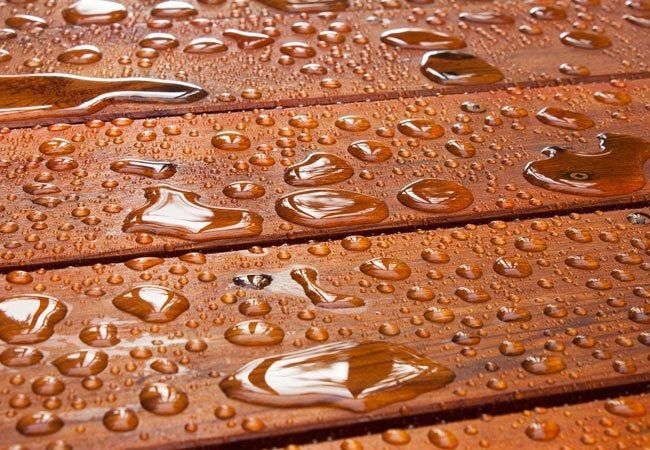
How to Waterproof Wood
Preparing The Wood Before Sealing And Waterproofing
The first step is prepping your wood before you seal and waterproof it. This includes cleaning the wood with a pressure washer or stiff brush and removing any dirt, dust, mold or mildew. You should also use a scraper or wire brush to remove any loose paint from the surface.
Once the wood is clean, sand it down using an orbital sander with medium-grit sandpaper until it is smooth. Make sure to wear safety glasses during this process as sawdust can fly up into your eyes! Finally, wipe down the surface with a damp cloth and let it dry completely before proceeding.
Sealing The Wood To Protect From The Elements
Once your wood is prepped, the next step is sealing it to protect it from moisture and UV damage. Start by applying an exterior-grade primer in order to create an even base coat on which you can apply sealant later on.
After that has dried completely—which typically takes a few hours—apply two coats of exterior-grade acrylic sealant with a paintbrush or roller according to the manufacturer’s instructions. Allow each coat of sealant to dry completely before applying the next one; otherwise, they may not bond properly.
Waterproofing Your Wood To Improve Durability And Longevity
To further increase protection from moisture and UV damage, waterproof your wood using an exterior-grade waterproofing product. Apply two coats of this product with a paintbrush according to the manufacturer’s instructions; allow each coat of product to dry completely before applying the next one for the best results.
Make sure not to skip this step as water can wreak havoc on unprotected outdoor structures over time! Once all layers have dried completely, your outdoor structure will be ready for use!
What is the Most Durable Wood For Outdoor Use?
Cedar Wood
Cedar is a popular choice of lumber for outdoor use due to its resistance to moisture, decay, and insects. It is naturally resistant to warping, so it can be used in garden furniture without the risk of it becoming misshapen. The wood’s tight grain also discourages cracking or checking. In addition, cedar stands up well under intense sun exposure as long as it has been given an appropriate protective finish, such as paint or preservative oils.
Its lightweight nature makes it easy to transport and install even when used in large structures like pergolas and decks. All these factors give cedar the upper hand for outdoor use among other types of wood, making it a fan favorite for our gardening needs!
Acacia Wood
Acacia is one of the sturdiest and most durable woods for outdoor use, making it an ideal choice for furniture and structures that must withstand the elements. This robust wood comes in a variety of shades from light to dark brown, providing an attractive option whatever your outdoor decor.
It is also naturally resistant to rotting and waterproofing, ensuring top-quality performance outdoors over a long period of time. Acacia is excellent at withstanding heat and other conditions brought on by regular exposure to direct sunlight. Additionally, its impressive resilience makes it suitable for applications where it might need to support weights or large amounts of pressure daily.
Eucalyptus Wood
Eucalyptus is fast becoming one of the most popular and durable woods available for outdoor use. Given its unique makeup, it has some amazing characteristics that make it particularly suitable for outdoor furniture, decks, and other structures that are exposed to the elements.
Its natural oil makes it incredibly resistant to pests, rot, and mildew, while its strength allows it to be machined into all shapes and sizes. Compared to other hardwoods, such as teak or redwood, eucalyptus is also much less expensive, which makes it ideal for projects both large and small. With proper care and maintenance, eucalyptus can withstand harsh conditions over many years and remain looking beautiful in an outdoor environment.
Teak Wood
Teak wood is widely known for its exceptional durability and strength, making it the ideal choice for outdoor use. It is a hardwood that comes from tropical trees in the family Lamiaceae and is renowned for its high resistance to moisture and temperature changes.
The oil content of teak helps to prevent rot, decay, fungal attacks, and other weathering effects. Teak is also resistant to cracking, warping, pest infestations, and splintering, making it perfect for long-term outdoor use.
Due to this durability, teak can be used in all climates without requiring continual maintenance. In addition to its strength, teak wood has a beautiful golden-brown hue that adds an elegant touch to any outdoor space or setting.
Redwood
Redwood is one of the most sought-after woods for projects that will be used outdoors, such as decks, fences, furniture, and siding. It is prized for its natural beauty and durability, standing up to weather conditions that would damage other woods quickly. Redwood has a high resistance to decay, insects, and fungi due to its natural cellular structure, which makes it ideal for outdoor use without preservatives or additional treatments. The wood's grain pattern also resists warping and splitting better than other species.
In comparison, cedar may last 5-15 years, depending on the climate, while redwood can last 20-30 years with proper maintenance. Homeowners enjoy peace of mind knowing that their projects won't succumb to the elements any time soon, giving them value for their money spent.

Mildew vs. Mold on Wood
When selecting wood for use outdoors, it’s important to consider its protection against the elements. To ensure your wood is adequately sealed and waterproof, you must first understand the difference between mildew and mold on wood.
Mildew growth is mostly isolated to the surface of unfinished wood and generally appears as a grayish or whitish powdery substance that can be easily scraped off; however, it can cause staining if left untreated for too long. Mold growth is much harder to remove since it penetrates the wood fibers and ultimately damages them over time.
Luckily, both types of fungi are prevented by treating the surface (and potentially subsurface) with a sealer that contains ultraviolet inhibitors such as linseed oil or other oils derived from plants. Aside from inhibiting growth, these sealers also help repel moisture.
Thus, it is paramount to invest in quality sealing solutions when preparing your wood for outdoor use—not only will it protect your surfaces, but it will also prevent costly repairs down the line. Avoid mildew & mold by sealing & waterproofing wood with Protek wood sealer & waterproofing treatment. We guarantee your wood for 5 years with just one treatment!
Protection for Wooden Floors
Protecting wooden floors from the elements can be challenging if you’re looking for something more permanent than a coat of paint. The best way to ensure your wooden floors can withstand any type of weather is to seal, waterproof, and protect them as soon as possible.
Sealing and waterproofing should be done immediately after installation or when replacing old boards, using a sealant designed specifically for outdoor use on wood. This will help prevent water damage while providing extra protection against UV rays.
Once sealed and waterproofed, regularly cleaning the wood with a mild detergent and applying an oil-based semi-transparent stain are important steps to keep your wood lasting longer outdoors. If not treated well, these outdoor projects may quickly turn into costly repairs. Hurry, don't wait; take these steps today to keep your wooden floors looking their best!
Protection for Outdoor Wood Furniture
Protecting outdoor wood furniture is important to ensure that it lasts for many enjoyable outdoor gatherings with family and friends. To waterproof wood, seal the wood from the elements with a coat of clear sealant, which will help protect it from moisture and other materials.
Then, several coats of light-colored water-based paint can be applied to further protect the wood against rain, snow, dirt, and other debris. If an additional layer of protection is desired, the stain can be added to enhance the color of the wood while maintaining its waterproof qualities.
In order to keep your outdoor furniture looking great for years to come, regularly clean off dirt, debris, and bird droppings so as not to damage the protective coating or cause rot or mildew.
Additionally, taking proactive steps, such as storing patio furniture indoors or covering them with tarpaulins when not in use, are highly recommended in order to preserve and maintain its condition, regardless of climate conditions.
5 years. Guaranteed.
Our promise: Protek treatment will protect your Denver wood surfaces for at least 5years. Protek formulas are designed to last, and they’ll keep working incredibly well for years and years. With a warranty that covers all of the most common causes of wear-and-tear – from peeling to high UV exposure – you can rest assured that your wood is protected with the best technology.
At ProNano LLC, we are committed to providing our clients with upfront pricing for Protek nano-silica asphalt, concrete & wood treatments. Our staff take the time to assess your property and its condition before providing an upfront estimate for the treatment’s total cost. This ensures you are fully aware of how much the treatment costs before giving us the green light.
Please contact ProNano LLC today at 720-637-3735 to get your property’s asphalt roof, concrete or wood treated today. We offer services in Denver, Littleton, Highlands Ranch, Greenwood Village &
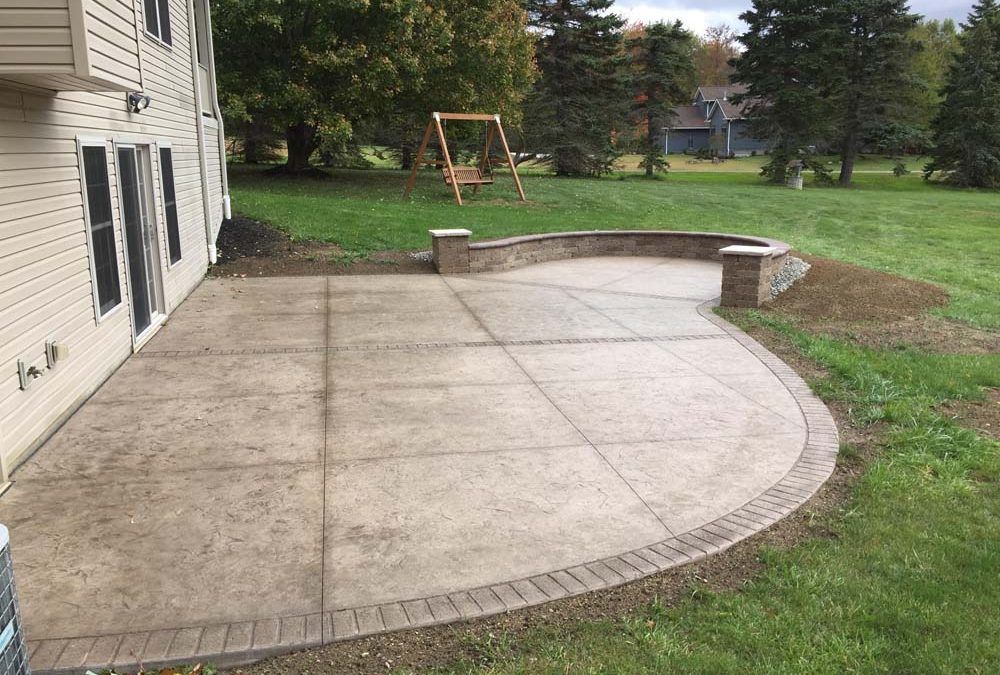
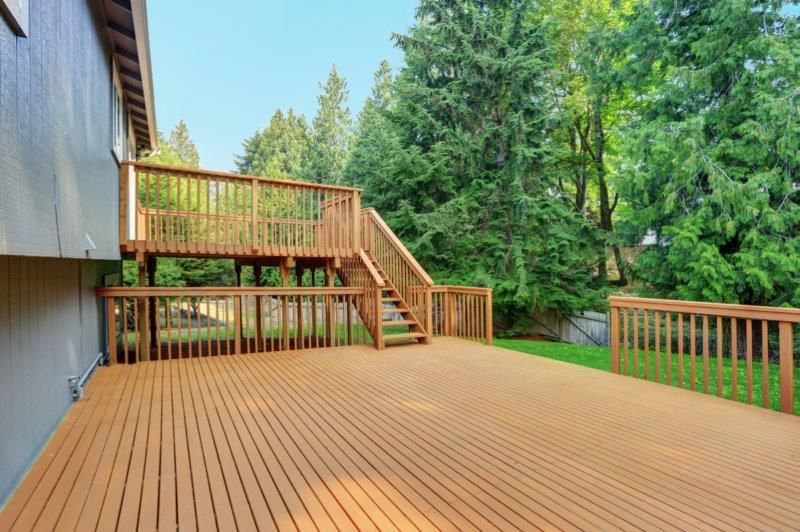
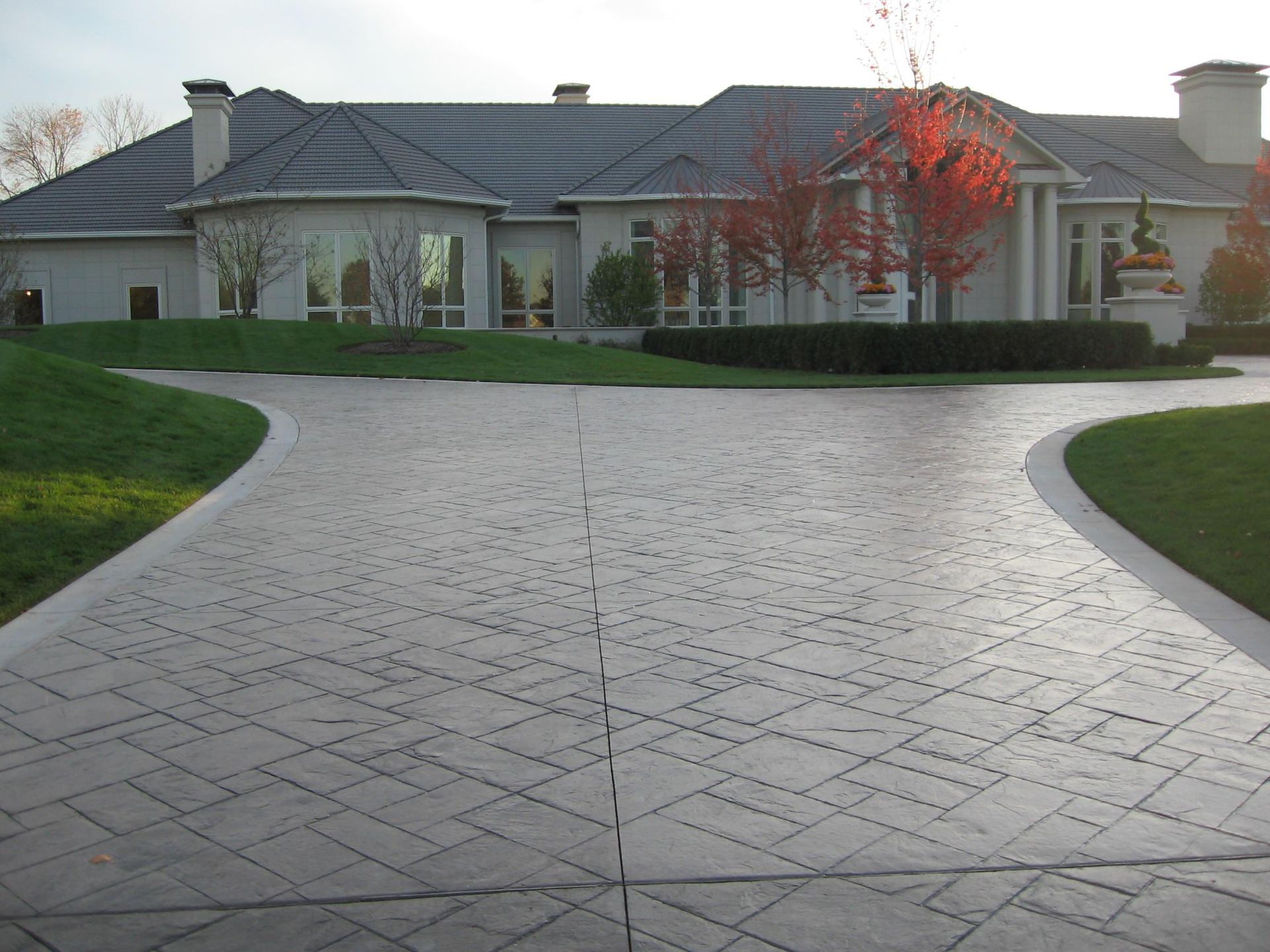
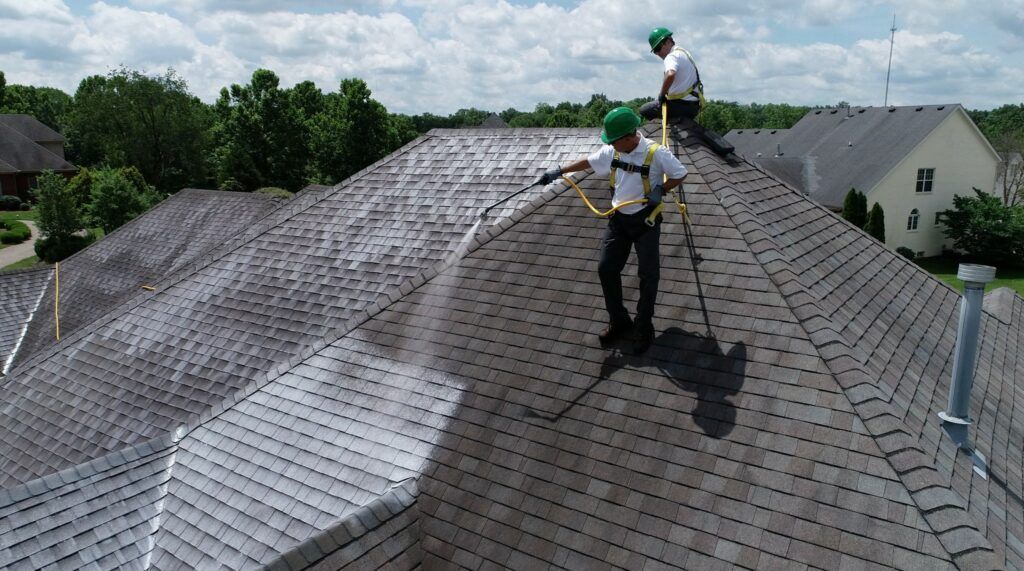

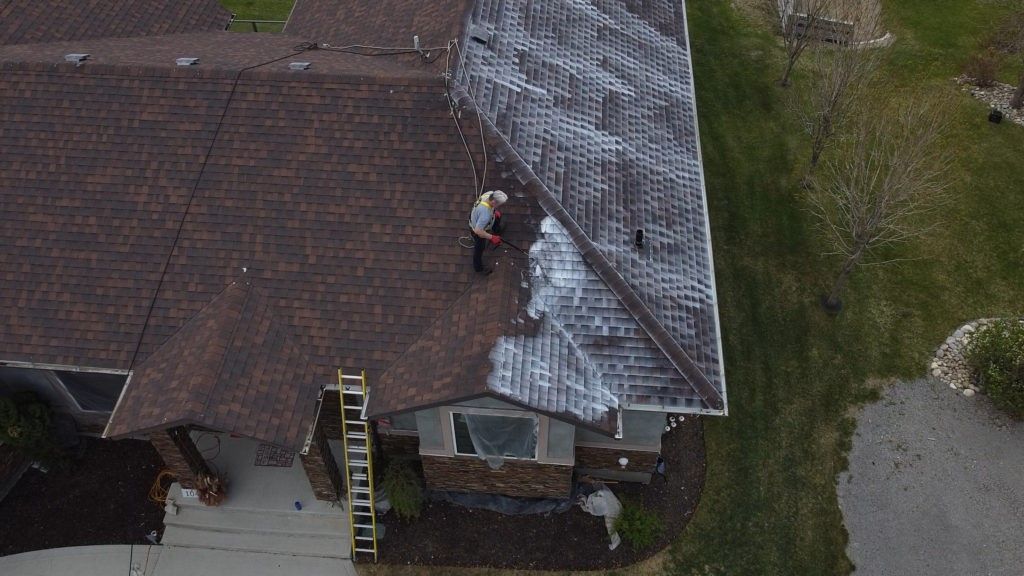


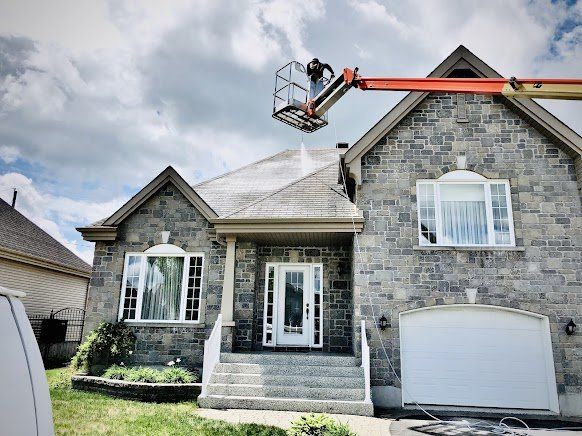
All Rights Reserved | ProNano
Developed by MobileOpz
